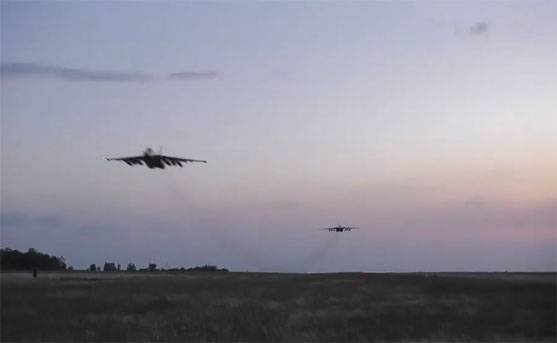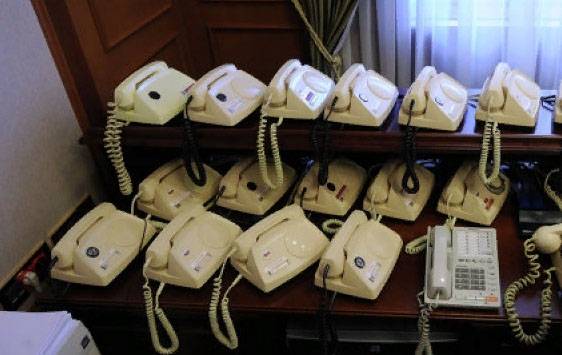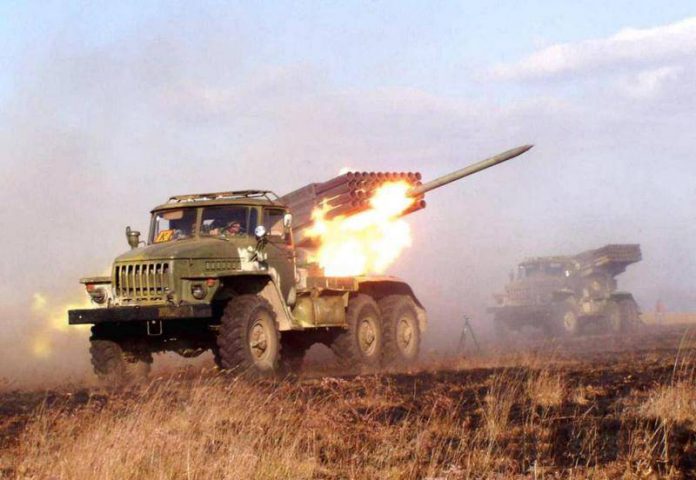
Talking about the mortars of the world we logically come to the topic of rocket artillery. Anyway, and the famous "Katyusha" and similar systems worn the proud name of rocket launchers. At the same time talk about the world of jet engines it is as mortars quite difficult. This is quite an independent type of artillery, which laid the basis for the Chinese in the far 492 year! Exactly then, when the first sample was invented gunpowder.
Those readers, who, of necessity, faced with different kinds of gunpowder, know, that the composition can be varied to produce different qualities in fact. You can make the explosive composition. can be fiery. You can even combine. Many people remember the footage of the "Elusive Avengers", in which the pharmacist did mine - a billiard ball: «Malo ... Many ..."But this is not the fate of one thousand just such inventors. Explosive and short.
But back to the story. AT 10 century, during the reign of the Song Dynasty, China was presented to the Emperor a report "On the basis of military affairs". It was there that we first learn about the three types of powder, known at that time. One formulation was a substance, is not so much on fire, as dymilo. AND, respectively, The report recommended that the powder to create smoke screens using catapults.
But two other staff we more interesting it on our conversation. These compounds are burned! And the burning was not quick, explosive, and slow. It turned incendiary charge. Once in the enemy camp, shells began to actively burn, spinning on the spot, thus burning all around.
Effect of the flame jet, which causes charge movement, He was seen by Chinese scientists. And not only seen, but also used. Placing the charge in a paper tube, Chinese saw, that the direction of motion of the charge can be controlled. Do not direct on target, but at least in the direction of the target.
At that time, China was at war. War never stopped. In one, else flashed battle. Respectively, Chinese army, as well as the army of opponents, It was well equipped. Naturally, by the standards of that time. The soldiers were protected by armor, and worked on the huge bows, from a modern point of view, distance. Advantages in weaponry was not.
It was then, and thinking Chinese generals to increase the firing range and "latoprobivaemosti" arrows. The solution was obvious. It is necessary to increase the range of fire! But the question arises - how?
The easiest way - to make a bow tougher. But this limitation associated with impaired archer. The second way - the creation of a huge bow, which operate using loading mechanisms, rather than human physical strength. Roman scorpions proved the consistency of the way. they, who are familiar with modern bows, call a third way - compound bow. But the invention of the ancient Greeks, the Chinese simply do not know.
And it was then, and there was a brilliant, truly modern solution. Make gunpowder arrows. Connect aiming archery and reactive power rocket. In this case, the arrows fly farther, It increases the power of breaking through obstacles, and in case of contact with the structure, combustible and cause more fire.
The concept is simple. K lightning, just below the tip, fastened paper rocket. Before an archer shot lights the fuse. In flight, breakdowns squib and ... Nothing reminds? Then advise watch video launches of cruise missiles with a modern aircraft or ships ... Powder Chinese boom can be called the first rocket army weapons.
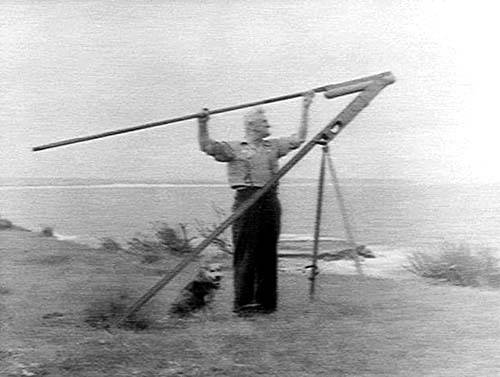
But that's not all. ibid, in the East, We created the first systems of salvo fire! Those same MRL, which are in service with any modern army. We called the first MRL hwacha and came up with their Korean.
The appearance of this system to provide not difficult. System "Grad" know everything. And now, Take this setting and put the vehicle instead of the usual two-wheeled cart. All! Further work is also similar to the calculation of.
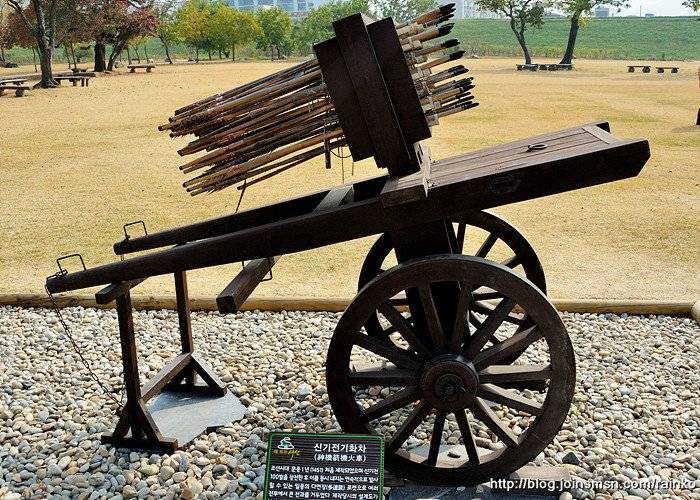
The guide tubes are inserted powder arrows. Wicks arrows are connected in one place. The wagon takes place in the direction of the enemy. Then the team "Fire". The wick is ignited and within 7-10 seconds into the enemy flying from 50 to 150 arrow.
But in Europe, missiles it did not from China. The culprit is the emergence of India. more precisely, one of the principalities of India - Mysore.
Impossible to stop progress. Chinese invention was to penetrate into other countries. In Central Asia, to India. Japan. And those fireworks, that appeared, in particular, Mysore, They pushed the Indians to go around in the same way, that the Chinese earlier. But to use booms in India have not reached. did not think, so to speak. But attached to the rocket ... the sword - could. It turned out quite a interesting building.
Imagine the destructive power of such weapons. Little of, that the sword in the air causes serious injury to the opponent, so even at the end of the flight there is an explosion of fireworks!
Imagine the emotions of the English, that after the entry into the Principality of, They were attacked already known to them, and these same elephants flying and exploding sabers. Raja did not spare weapons for "training" the aggressor. However, flint rifles and guns did their job and to 1799 , the British fully occupied Mysore. Among the trophies were also the very sword. And among the British officers and it was the first European inventor William Congreve rockets ...
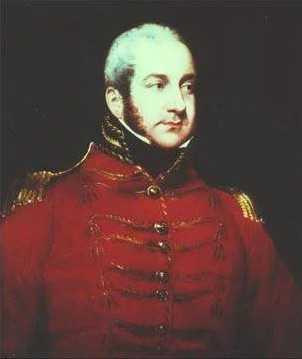
It was William Congreve, after his discharge from the Army created the modern prototype of the rocket. First of all, Congreve gave up a paper rocket. He marked the charge in a metal tube. In this way, he decided two problems. At first, it is possible to place in a rocket much greater charge. And secondly, It protected the metal flare of the discontinuity at the start.
But the most important thing, He invented by William Kolgriv, this nozzle. more precisely, prototype of the modern nozzle. He stuck to the bottom of the rocket metal disc, which is due to the small diameter holes, gave an additional moment of inertia of the body missiles. flight range increased to 2-3 km, depending on the size of the rocket.
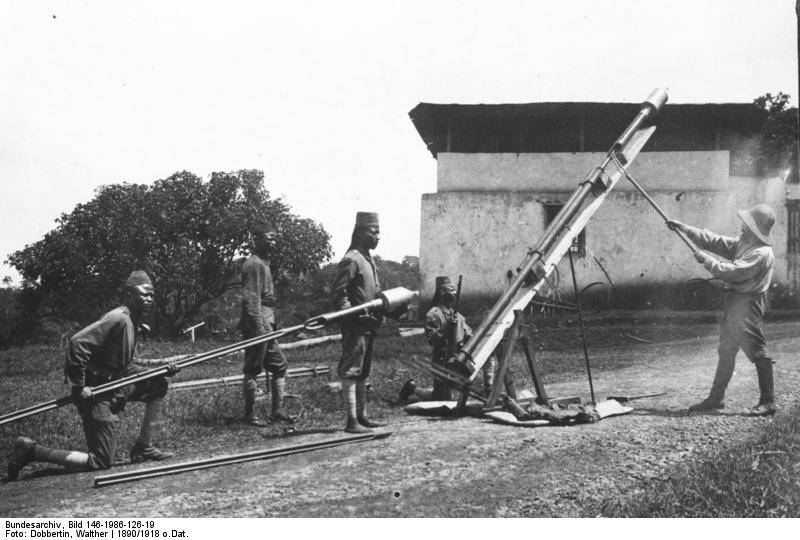
Furthermore, inventor refused to mount the housing any additional submunitions and placed two kinds of charges in a rocket - explosive and incendiary. Accordingly, the missiles were different. 3, 6, 12 and 32-pounder. 18 November 1805 , William Congreve rockets provided the UK government.
The first use of missiles has been fixed 8 November 1806 the year when the British attack on the French port of Boulogne. From a distance, which was unattainable for the French artillery, it was released 200 missiles. The city was almost completely burned. Rockets have shown themselves perfectly at area fire, but to deliver fire they can not be.
The same fate befell the Danish city of Copenhagen 4 September 1807 of the year. Then the city was already released 40 000 missiles.
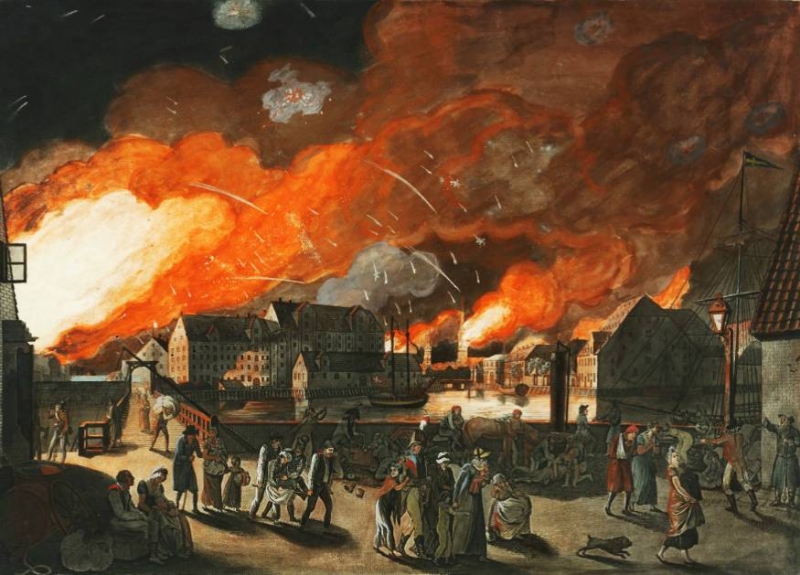
The main disadvantages of Congreve rockets was the lack of tail. Besides, rocket at the start and in the motion did not receive the rotational motion.
AT 1817 year Congreve rockets began to produce on an industrial scale. It was then that there was another invention - flare, which the charge fell to the ground using the "umbrella". Practically it is those missiles, which are used today in the armies of the world.
At the same time, Despite all the positive aspects in the use of missiles, they could not at that time become an independent kind of arming. Using rockets did not provide the same hit targets, as the use of conventional artillery. This means, failed to fulfill the main goal of the use of guns - the destruction of enemy troops and fortifications. Rockets have remained merely assistants.
Another surge of interest in the missile took place during the First World War. true, We tried to use rockets in aviation. missiles (not only firm Congreve) sandwiched between the wings of biplanes angle 45 degrees to the top. Originally it was planned in such a way to shoot down enemy planes. but, shooting so, the pilot had to fall close to the ground. this, with insufficient precision missiles, pilots threatened to fire from the ground in small arms.
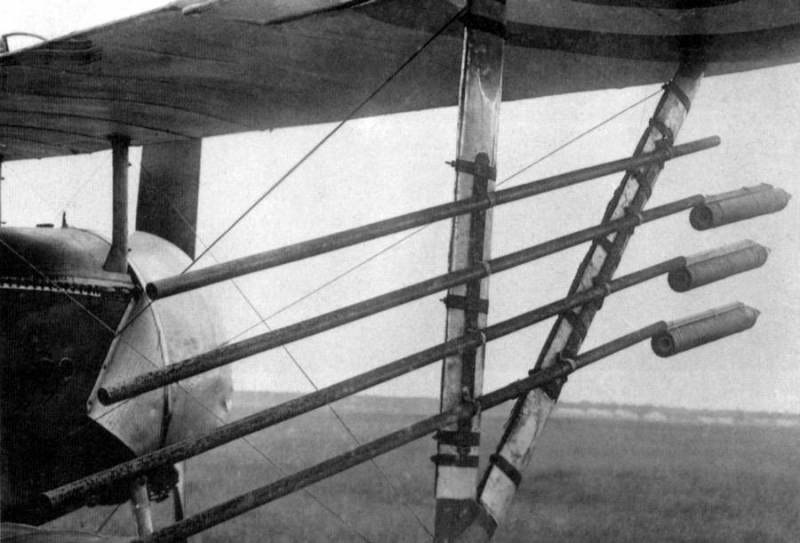
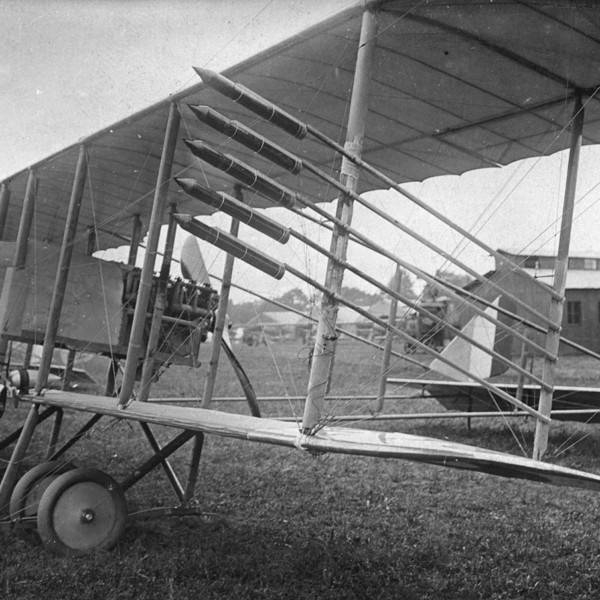
From the use of missiles for combat against enemy aircraft refused, but for such weapons have been quite normal objectives. This balloons. uses of incendiary rockets is to destroy these objects recorded in the history of the war.
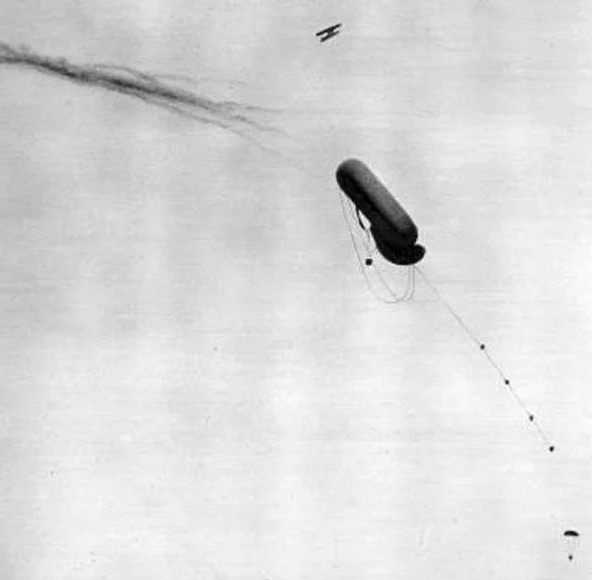
An interesting point: British pilot rockets attacked a German airship, but missed. Nevertheless, pilot ballooner preferred parachuting, since hydrogen jokes ended sadly.
After the First World leader in the development of missile became ... Germany. It happened through the fault of the victorious countries. The thing is, that according to the Treaty of Versailles, Germany was limited to the production of most types of weapons. But, of missiles in the contract was not a word.
And the isolation of the West of Soviet Russia pushed the Soviet Union to military-technical cooperation with the Germans. therefore, in our opinion, second power, which has become a leader in the production of missile weapons, I turned the USSR. Both powers the main emphasis is on the creation of solid rockets to support the troops on the battlefield is.
but, for all the links in the field of rocketry, Germans were the other way, without disclosing their own development. They have devised a way to attach the first rotation of the missile due to the inclined arrangement of the engine nozzles. the principle, that most readers have seen in Soviet grenade for the RPG.
In the USSR focused on the feathered projectiles. Both variants have advantages and disadvantages. German shells were more accurate. But the Soviet had a longer range. German shells did not require long rails. The Soviets were more versatile. Feathered shells could be applied not only on the ground, but also in the air, and sea.
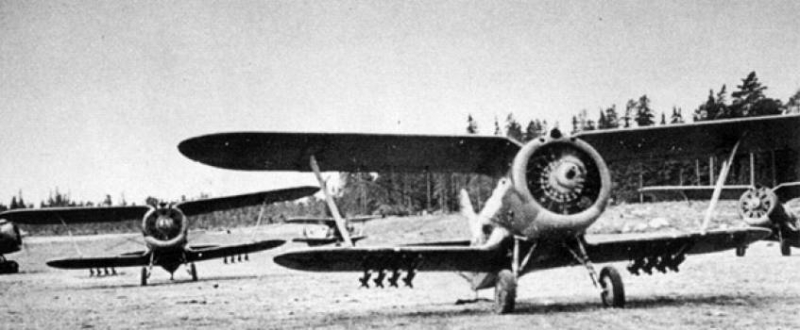 I-153 with suspended PC-82
I-153 with suspended PC-82
Baptism of fire Soviet missiles obtained during the events at Lake Khasan and Khalkhin Goal. That's when they used the Soviet fighter I-15bis. Missiles RS-82 proved to be a very good side. The Germans used their shells "Nebelverfery" 22 June 1941 year in an attack on the USSR.
Our response was the BM-13 "Katyusha", which debuted 14 July 1941 of the year. According to the railway station of Orsha, slaughtered by Nazi troops, It was first used rocket launchers. Firepower "Katyusha" produced a stunning effect. Literally minutes transport hub was destroyed. From the memoirs of a German officer:-"I was in a sea of fire" ...
How do you see this wonder weapon? Who can be called the progenitor? In our opinion, it is a merit of Deputy People's Commissar of Defense Marshal M. Tukhachevsky. It was on his initiative 1933 was established Rocket Research Institute.
In fact, the Institute has worked all 10 years. But, To understand the importance of this institution, enough to list of designers and scientists, whose fate is linked to RNII: Vladimir Artemyev, Vladimir Vetchinkin, Ivan ISIDOROVIĆ Gvaj, Valentin Petrovich Glushko, Ivan Terent'evich Kleimenov , Sergei Korolev, Georgy Langemak, Vasiliy Luzhin, Arvid V. Pallo, Eugene S. Petrov, Yuri Alexandrovich Pobedonostsev, Boris Rauschenbach, Mikhail Tikhonravov, Ari Abramovich Sternfeld, Roman Ivanovich Popov, Boris Slonymer.
Activity Tukhachevsky at the post of Defense Commissar, of course, harbored many miracles, but this time it has gone as it should.
The result was the creation of activities in RNII 1937 year effective the first Soviet rockets (RS). Many historians artillery are still arguing about, why this shell still was admitted to the state tests. The thing is, that this weapon was absolutely no need of the Red Army. It did not fit into the Soviet military doctrine of those years. But on this below.
Saved PC aviation. RS (82 and 132) is installed in aircraft. to improve the shells work was carried out in several directions. And 1939 year there was a powerful and long-range missile M-13. In this test showed a projectile efficiency, that the command of the Red Army decided to create a ground installation option.
This unit was established in 1941 year. 17 June BM-13 was tested in the range Sofrinsky. And then something happened, that otherwise can not be called a miracle. The decision to mass production of these machines made ... 21 June 1941 of the year. Just a few hours before the start of the war. But the first blow to the Nazis "Katyusha" inflicted, as above, already 14 July.
But what the Germans? Many veterans in his memoirs mention ugly sound of German rocket launchers "Nebelverfer", which at the front called the "ass".
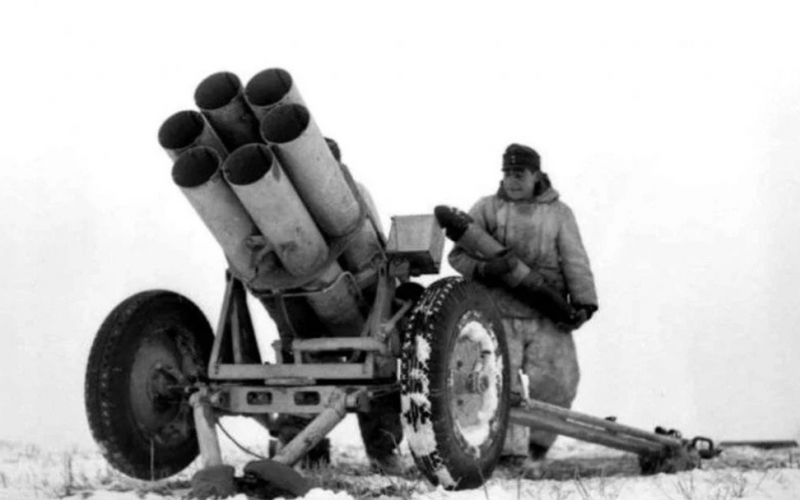
for reasons, of which we have already mentioned, The Germans were the first to the establishment of rocket launchers. And MLRS purpose was entirely different. We often smirks our names weapons, but turn the German name "Ishak» - «Nebelwerfer», and it turns quite frivolous name - "Tumanomet". Why?
The thing is, that MRL originally created (in the Soviet Union also) shooting smoke and chemical munitions. Talk about the power of the German chemical industry at the time, how we think, do not. Suffice it to recall nerve gases, invented it in Germany at the time - "Sarin" and "Soman".
The Germans paid significant attention to how the MLRS, and rockets "independently" by trying and experimenting with the location of launchers on any chassis or just in the. Red Army, ultimately, also switched to the same circuit. But such diversity ammunition, like the Germans, during World War II, we had.
We talk a lot about the leaders in the production of missile artillery. But does the military of other countries do not see the prospects of arms? We have seen. And even create their own shells and MLRS, but to talk about progress in this area is not necessary.
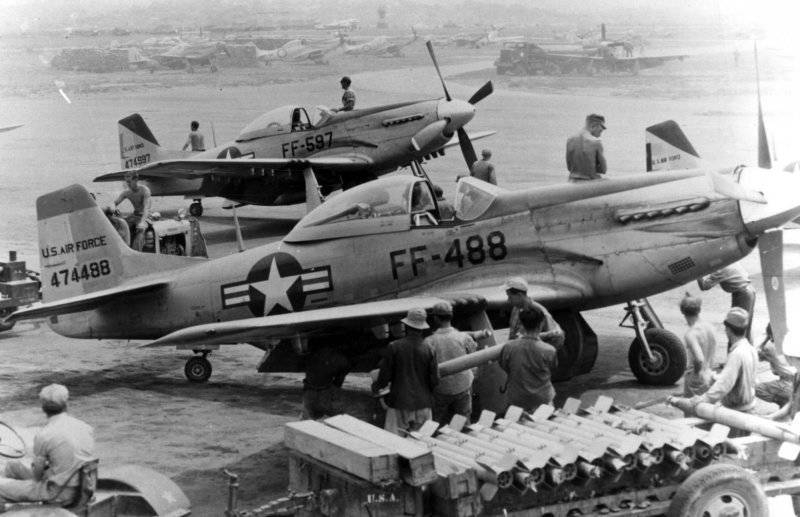
The US Army air forces and navy used 114.3-mm and 127-mm unguided rockets. Nursi were intended for attacks on the coast and the Japanese shore batteries. On some shots of the American newsreels of the time you can see the launchers for these missiles on the basis of tanks. But the release of terrestrial plants was miserable.
The Japanese have focused on building missiles "air-to-air". Which is understandable, taking into account the "love" their opponents to use bombers. Ground launchers were also few and used for attacks American ships.
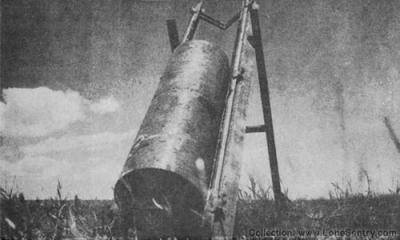 Japanese missile caliber 400 mm.
Japanese missile caliber 400 mm.
British Nursi developed for its own aircraft. Purpose traditional island. 76,2-mm PC should have hit the ground and surface targets. Same, in London, attempted to create a defense Nursi. But initially it was clear, that this idea is hopeless.
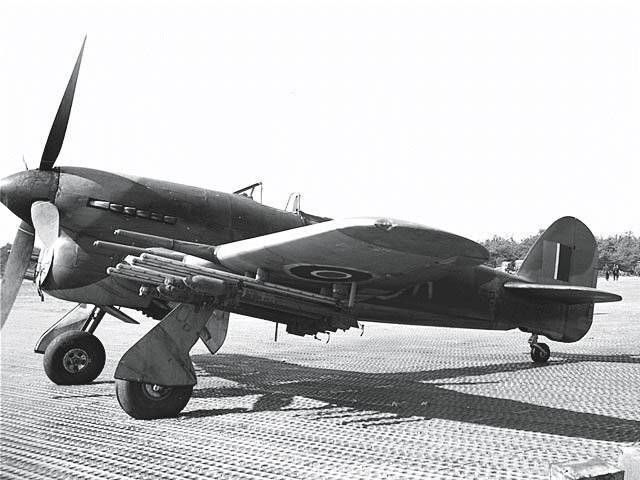
In the future, we of course will analyze and compare all the systems of the world, but it is worth noting, that the day today - if it is not unconditional Russian leadership on MLRS, it is quite fair superiority.
Domestic system and varied, and modern. But even today, it can be traced different approach for us and our potential.
A direct descendant of "Katyusha" BM-13 was the BM-21 "Grad".
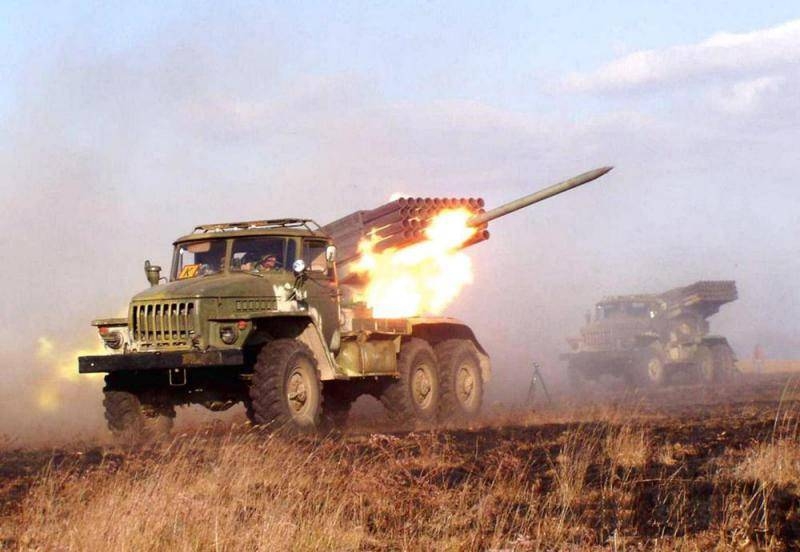
Setting into service 28 Martha 1963 of the year. Talk about this machine can be long. MLRS known and her work can be seen in thousands of video. But the main thing - BM-21 has become the base when creating other systems for firing unguided rockets caliber 122 mm - "9K59 Prima", «9K54 City-B», "City-VD", "Easy portable rocket system Grad-P", 22-receiver ship "A-215 Grad-M", «9K55 City-1», BM-21PD "Dam" - and some foreign systems, including: RM-70, RM-70/85, RM-70 / 85М, Type 89 и Type 81.
Another MLRS received its baptism of fire in Afghanistan. FROM 1975 year is the "Hurricane" in the Russian army (9K57).
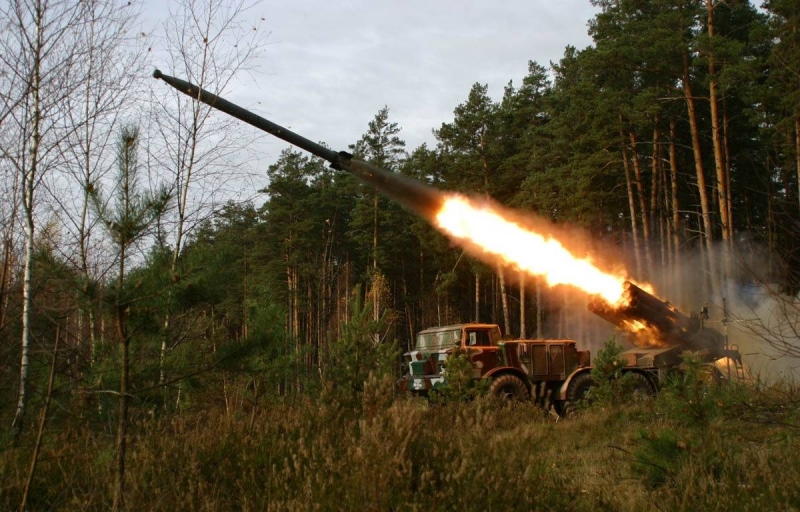
And although today this system is no longer available, its power is impressive. 426 000 the defeat of the squares on the range to 35 km.
MLRS "Smerch" (9K58).
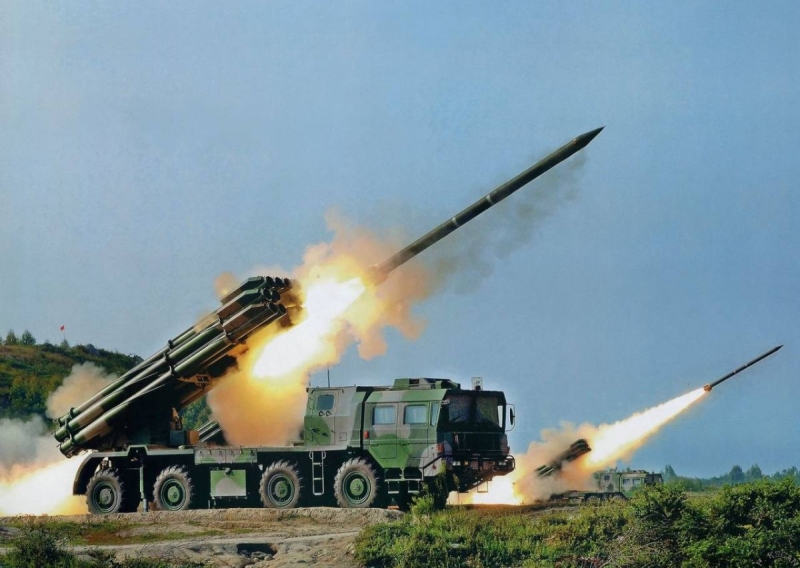
Despite, that "Smerch" adopted in 1987 year, This system is unattainable for most countries in terms of creating a unique. The characteristics of this MRL exceed similar characteristics in other settings 2-3 fold. Due to its efficiency and range, "Smerch" is close to the tactical missile system, and the accuracy is similar to the big gun.
Very far - it's "Tornado".
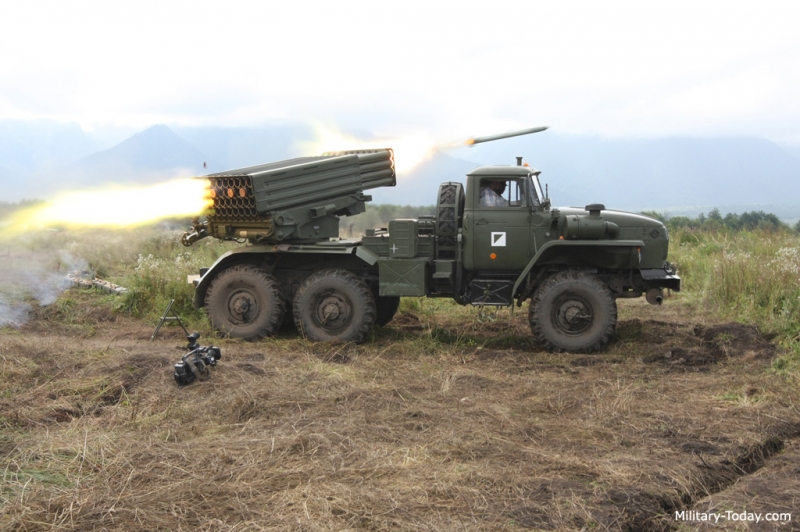
Letters - a tribute to the ancestor / caliber. The bottom line is a modern filling. «Tornado-G» (9K51M) - the upgraded version of the BM-21. It works in automatic mode. It uses satellite navigation, computer guidance. Shooting is conducted over long distances.
You can even confuse the system. MLRS "Tornado-G" is really very similar to the "Grad". But on closer inspection you will see on the left of the cabin antenna satellite navigation system. Exactly the same antenna will have MLRS "Tornado-S". Once it is located above the cab.
This is the essence: the use of new automated guidance and fire control system (Asuni). Now shooting is not only "on the areas", and sighting, using correctable munitions. A firing range (for "Tornado-S") reaches 200 km.
Despite, that in most of the strongest armies in the world today, the preference is given to precision weapons, MRL has been and remains a formidable armament. That's why there are MRL for Americans, and the Chinese, and the Israelites, and Indians.








